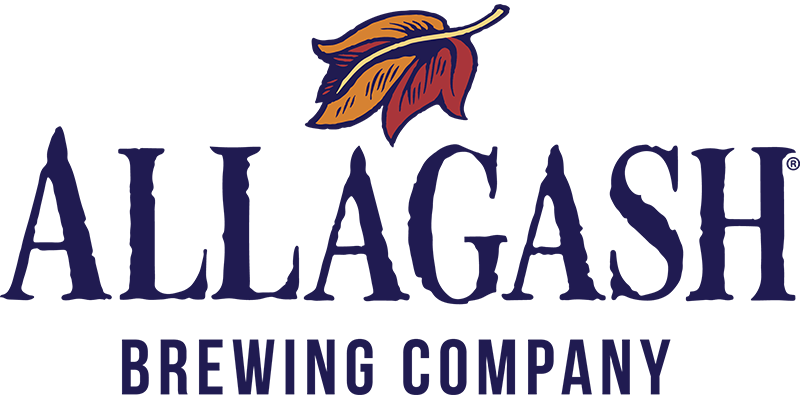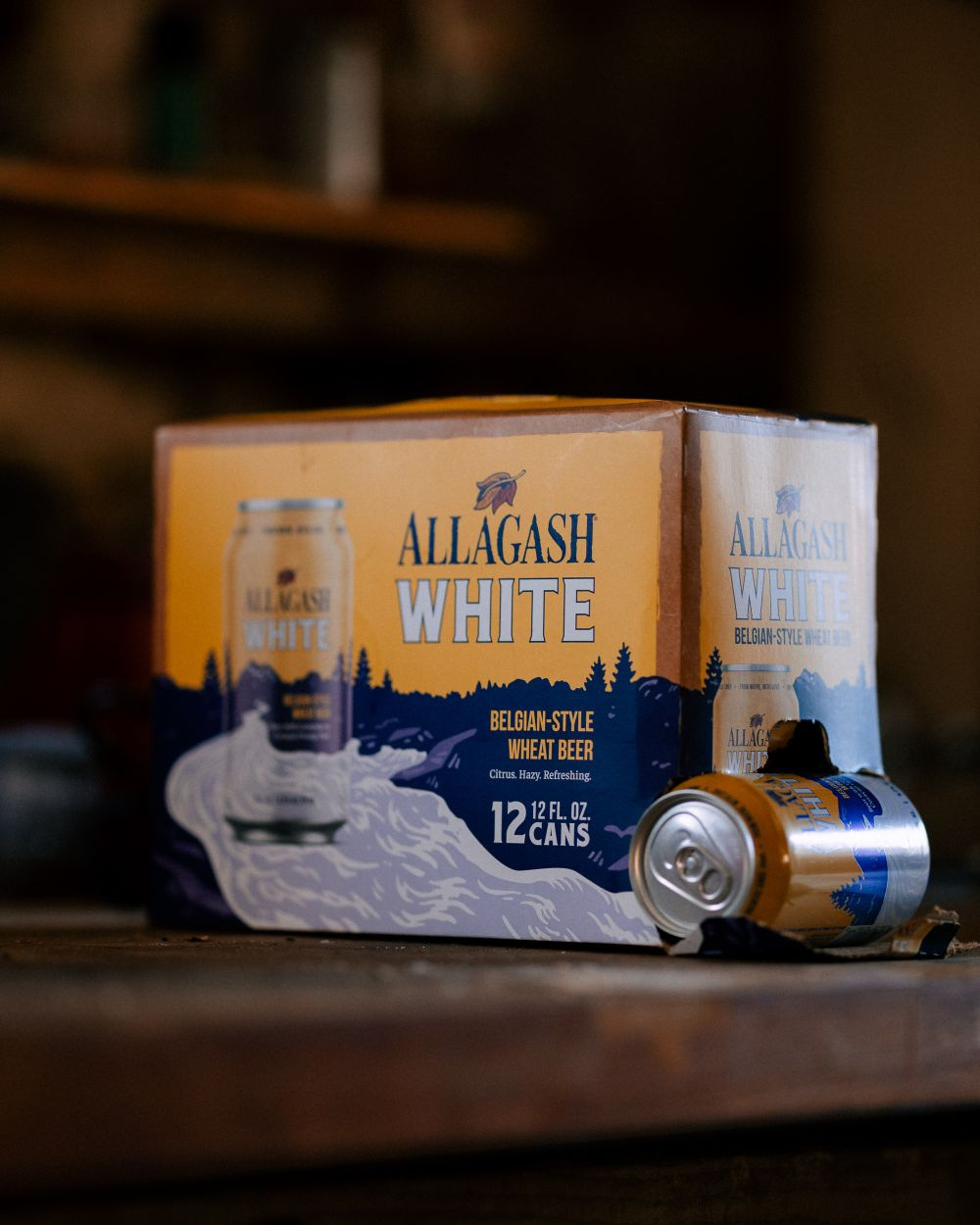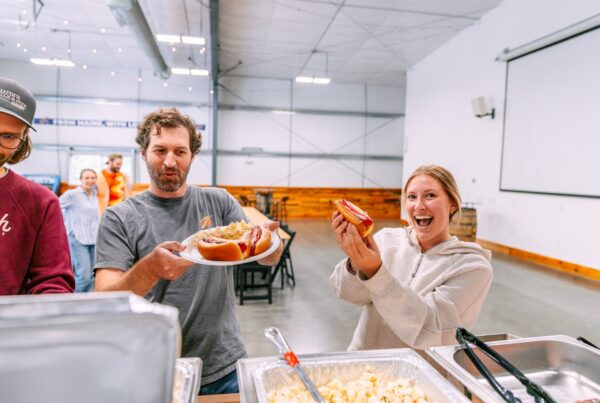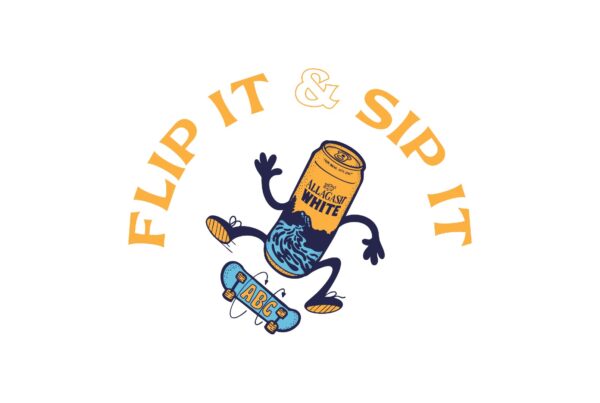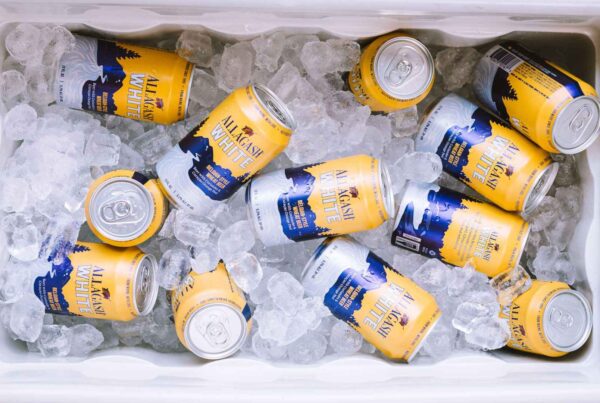First and foremost, beer is fun! And delicious! But that doesn’t mean that it can’t also be confusing and complicated. Even beer industry veterans are constantly learning, growing, and adapting to changes in what we know about beer.
Beer is complicated
And in the beer world, there are quite a few terms that both pop up often and aren’t really all that intuitive, unless you’re told their definition. With that in mind, we wanted to, all in one blog, help to share the most common terms you’ll find in a bar, or on a beer label, to help you decode the information you’re seeing.
So, without further ado, here are the terms and how we’d define them.
ABV – Alcohol By Volume
Simply put, ABV is the term for measuring alcohol percentage in a beer. The higher the number, the stronger the beer’s alcohol content. A common ABV for beer is around 5%. In wine, you’ll often find the ABV of many styles to land around 12%. Of course, depending on the style of beer or wine, the ABV can vary wildly (Samuel Adams Utopias is 28% ABV).
Hoppy OR “Dry-Hopped”
You often see the words hoppy, or dry-hopped used to describe a beer of almost any style these days. This information usually denotes a beer that has significant hop flavor/aroma—but doesn’t necessarily mean that the beer will be “bitter.” Hops can impart a huge variety of flavors and aromas including herbal and peppery notes, hints of grapefruit and pine, intense tropical fruit notes like melons and pineapple, or even flavors like vanilla! Dry hopping is a specific technique for making a beer hoppier: brewers add hops at the very end of the fermentation process – this creates additional hop aroma and flavor, without added bitterness. BJCP (the Beer Judge Certification Program) says, “A dry-hopped beer is often more robust, vivid, and focused than the same beer without dry hops.” Styles like American Pale Ale or American Amber, and beers in the large and growing “IPA family” (Double IPA, Black IPA, White IPA, Hazy IPA etc.) will all fall into this hop-forward category, and often be dry-hopped as well. With all this variety, it’s helpful to look for flavor descriptors to help you decide whether a beer is right for you.
IBU – International Bitterness Unit
Good segue! IBUs are the standard for measuring hop-derived bitterness in a beer. This calculation uses information from the brewing ingredients and process – an extremely complicated formula – to determine a number between roughly 1 and 100. The higher the number, the more hop bitterness is present. This number does not factor in other important information such as overall sweetness in the beer, so it’s important to take this information with a grain of salt. For example, an Imperial Stout can have a range of 50-90 IBUs which is very bitter, but it also has a rich malt character and some residual sweetness that dulls the perceived bitterness significantly.
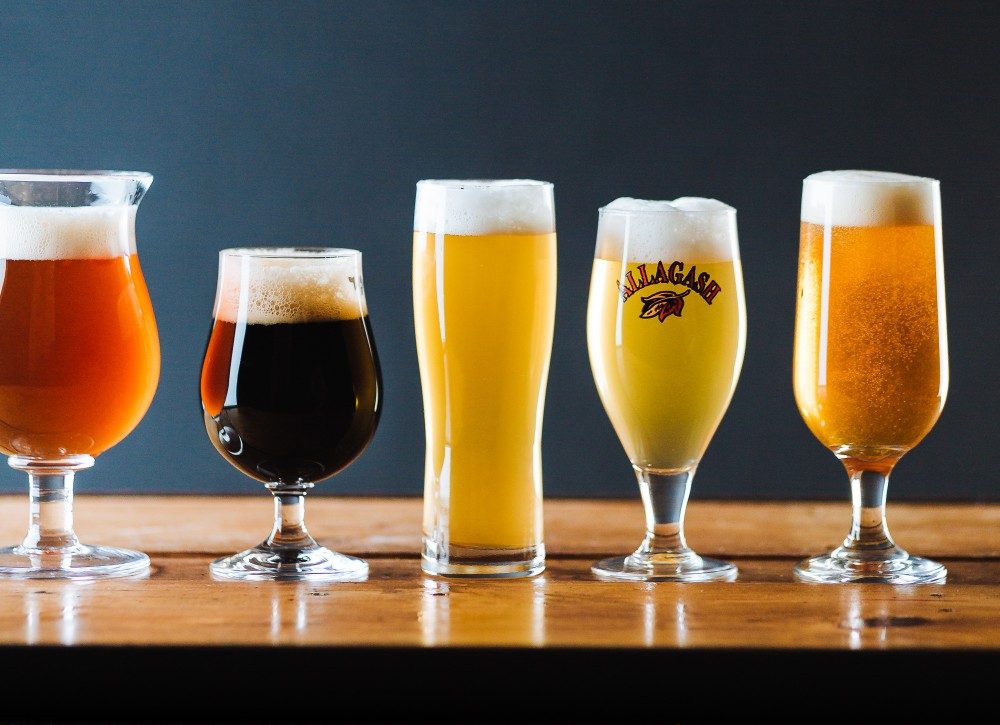
The wide array of beer colors can be expressed in number form thanks to SRM (Standard Reference Method).
“Malty”
Malts are the sugar source used to make beer. When a beer is described as “malty,” that means that the malt is the leading flavor contributor, as opposed to hops or yeast. With a malty beer, you can expect a range of malt-derived flavors – everything from bread, biscuit, and toast, up to nutty toffee, caramel, coffee or chocolate. Styles like marzen or Oktoberfest, amber lager, dunkel, bock, brown ale, and English porter are all malt-forward styles.
Sour beer OR “Wild Ale”
Sour is a flavor descriptor used for a wide variety of tart and tasty beers. Generally you can expect a sour beer to have an additional tanginess, not unlike a tart lemonade. The tartness can range from subtly tongue tingling to more bracingly sour. You can expect to find sour characteristics in styles such as Gose (pronounced “goes-uh”), Berliner Weisse, Flanders Red Ale, Lambic or Gueuze, and a host of “Kettle Soured” beers.
Some sour beers may also be described as a “wild ale”, which usually means there is a mixed culture of wild yeasts like brettanomyces, and possibly other microbes like pediococcus and lactobacillus. These are different than traditional brewers yeast, known as saccharomyces, a strain of yeast you’ll find in the vast majority of beers on the supermarket shelf. So-called wild ales may be brewed using a coolship tank, or with inoculation in barrels or fermentation tanks. A wild and sour ale will have funky and fruity characteristics in addition to increased acidity.
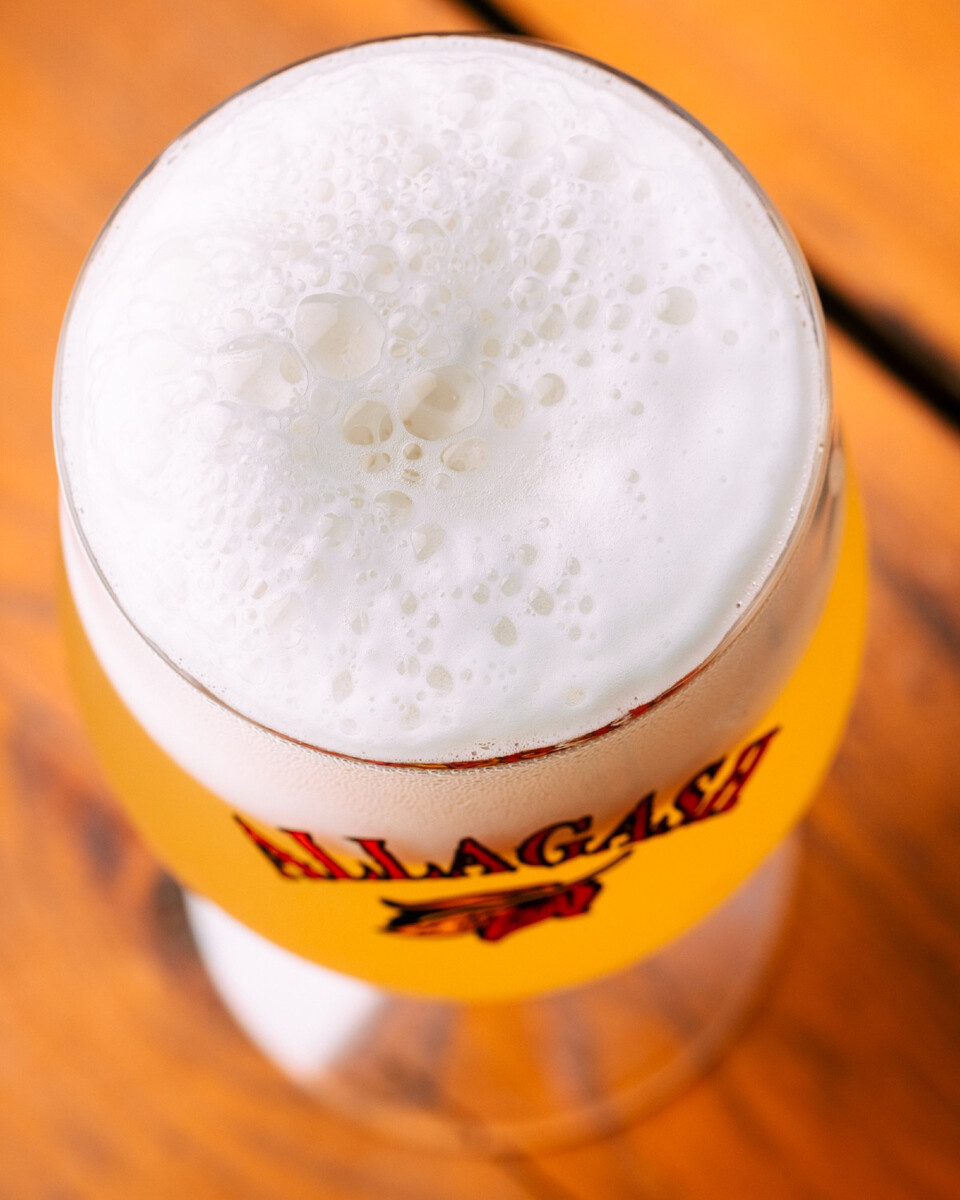
Lookin’ good, beer. Lookin’ real good.
Session
A session beer is simply a beer with a lower ABV, usually less than 5% ABV. The name comes from the concept that these beers could be enjoyed in a session of beer drinking without causing over-indulgence. Session beers can have a range of flavors, and include styles like American Light Lager, British Bitter or “Mild Ale”, American Pale Ale or “Session IPA”, Witbier, and Berliner Weiss.
SRM – Standard Reference Method
The SRM Rating of a beer is the scientific measure of beer density that roughly translates to color. The range is 1-40. So a beer that is 2 SRM would be a light straw color like an Allagash White, a 9 would be an amber hue like a Sam Adam’s Boston Lager, 18 would be brown like a Newcastle brown ale, 30+ is black like a Great Lakes Edmund Fitzgerald porter, and 40+ is an opaque black like a North Coast Old Rasputin, an inky Russian Imperial Stout.
For more info on beer fundamentals, you can check out our blogs on the core ingredients of beer through the buttons below!
